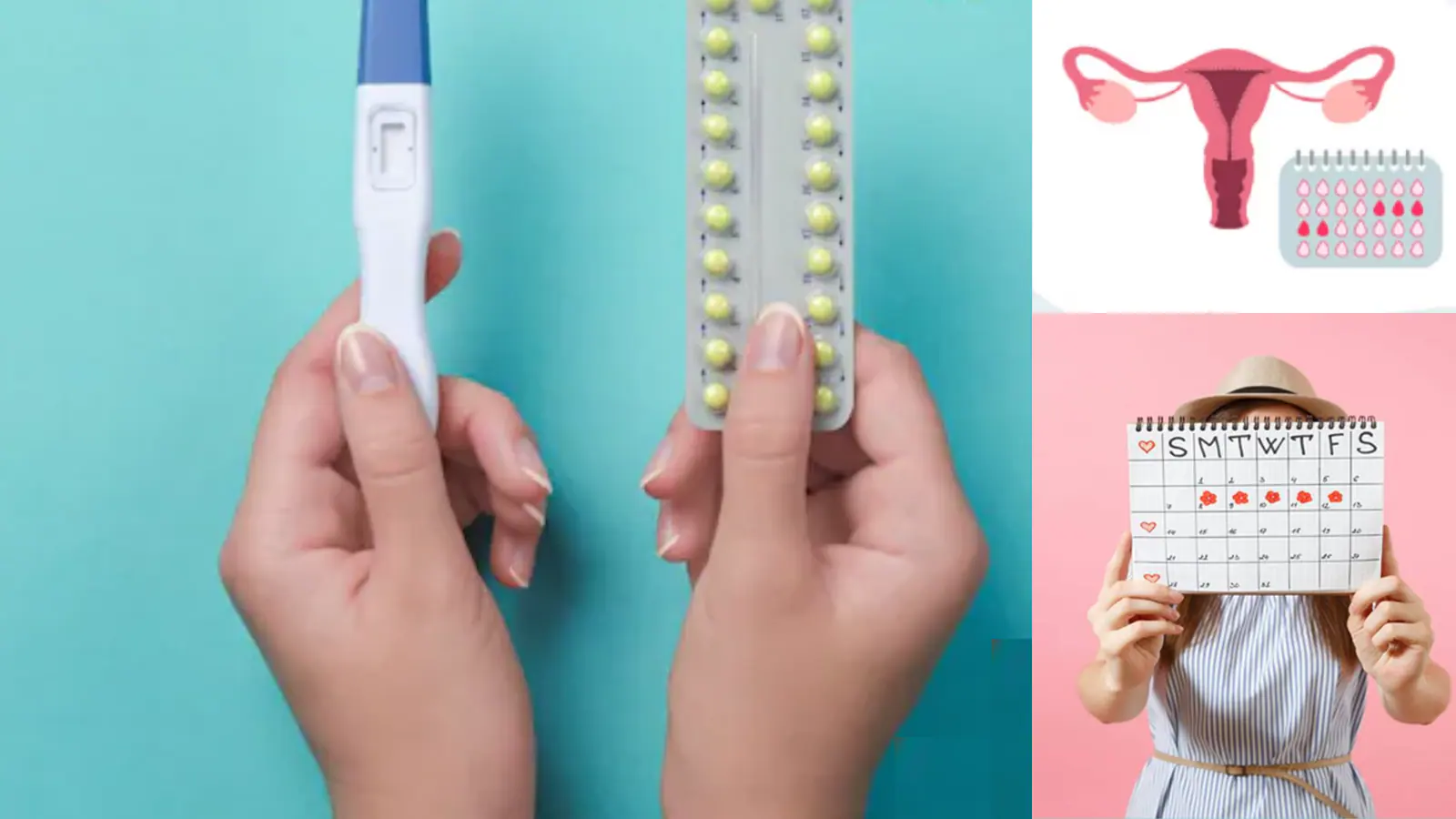Copyright news18

Think twice before popping those birth control pills. They may promise convenience, but they come with hidden side effects. The truth is, your body’s own rhythm already offers a safer, simpler alternative. A woman’s menstrual cycle follows a biological rhythm, and within it are certain days known as safe days or the safe period. Having sexual intercourse during these days is generally considered safe, as the chances of pregnancy are minimal. This natural method is often referred to by doctors as the calendar method. How to Identify Safe Days? The Calendar Method, also known as the Safe Period Method, helps women estimate the fertile window, that is, the days when pregnancy is most likely to occur, and the safe days, when the risk of conception is low. It works best for women who have regular menstrual cycles. To begin, you need to track your menstrual cycle for at least six months. Count the number of days between the first day of one period and the first day of the next. You may notice that the length of your cycle varies slightly each month, for instance, one month it might be 26 days and another month 30 days. Once you know your cycle lengths, note down the shortest and longest cycles. Let’s assume your shortest cycle is 26 days and your longest is 30 days. To find your first fertile (unsafe) day, subtract 18 from the shortest cycle length: 26 − 18 = 8. This means that around the 8th day from the start of your period, ovulation could begin, marking the start of your fertile period. Next, to determine your last fertile (unsafe) day, subtract 10 from your longest cycle length: 30 − 10 = 20. This means the 20th day marks the end of your fertile period. So, if your cycle ranges between 26 and 30 days, the safe days are generally from day 1 to day 7, before ovulation begins, and from day 21 onwards, after ovulation has ended. The days between day 8 and day 20 are considered the fertile window, when pregnancy is most likely to occur if intercourse happens without protection. Important Note on Protection: Regardless of the timing, it is always advisable to use protection such as condoms. Even if you are not at risk of pregnancy, unprotected sex can lead to sexually transmitted infections (STIs). It’s not worth taking unnecessary risks. According to Dr Fahmida Sultana, sperm typically survive inside the uterus for no more than three days. If an egg is released during this time, it may travel down the fallopian tube and be fertilised, leading to pregnancy. In summary, for a woman with a 26-30 day cycle, the days from 1 to 7 and 21 to 30 are usually safe, while days 8 to 20 carry a higher risk of pregnancy. This method provides a natural way to understand your body’s rhythm, but it may not be suitable for those with irregular periods.



